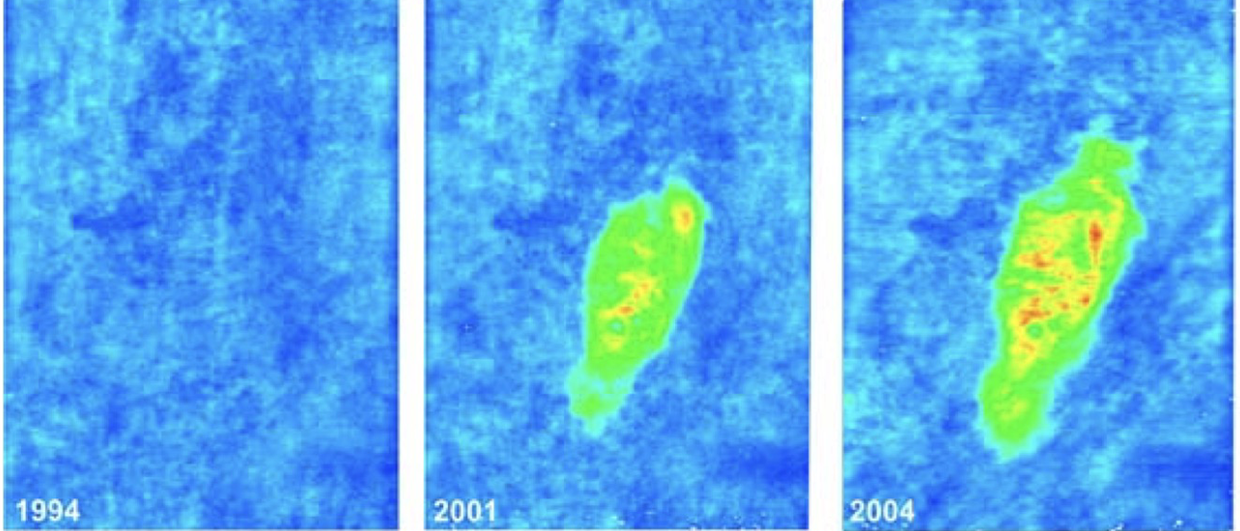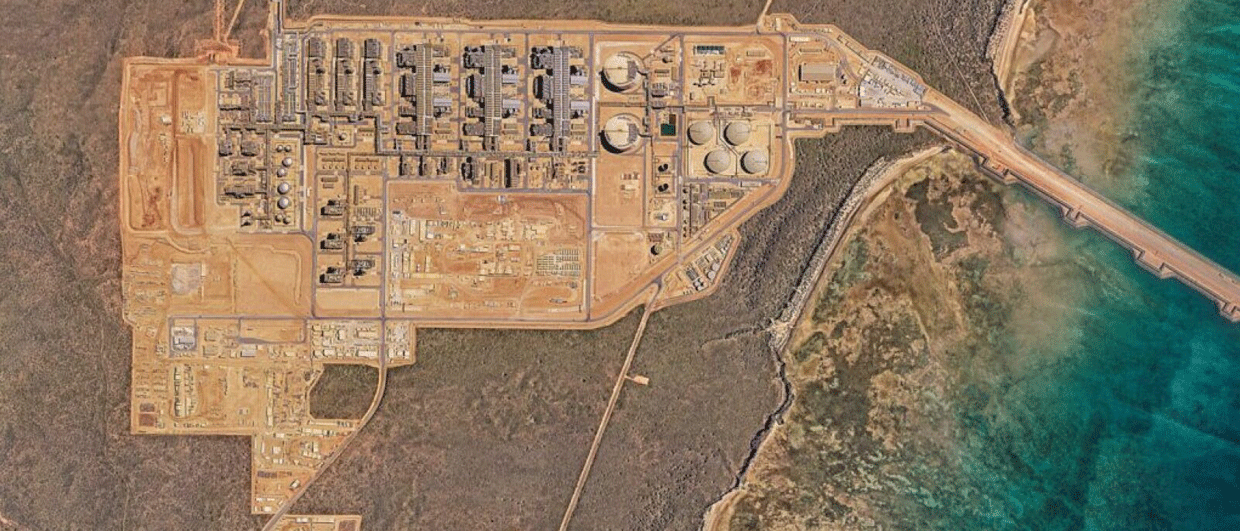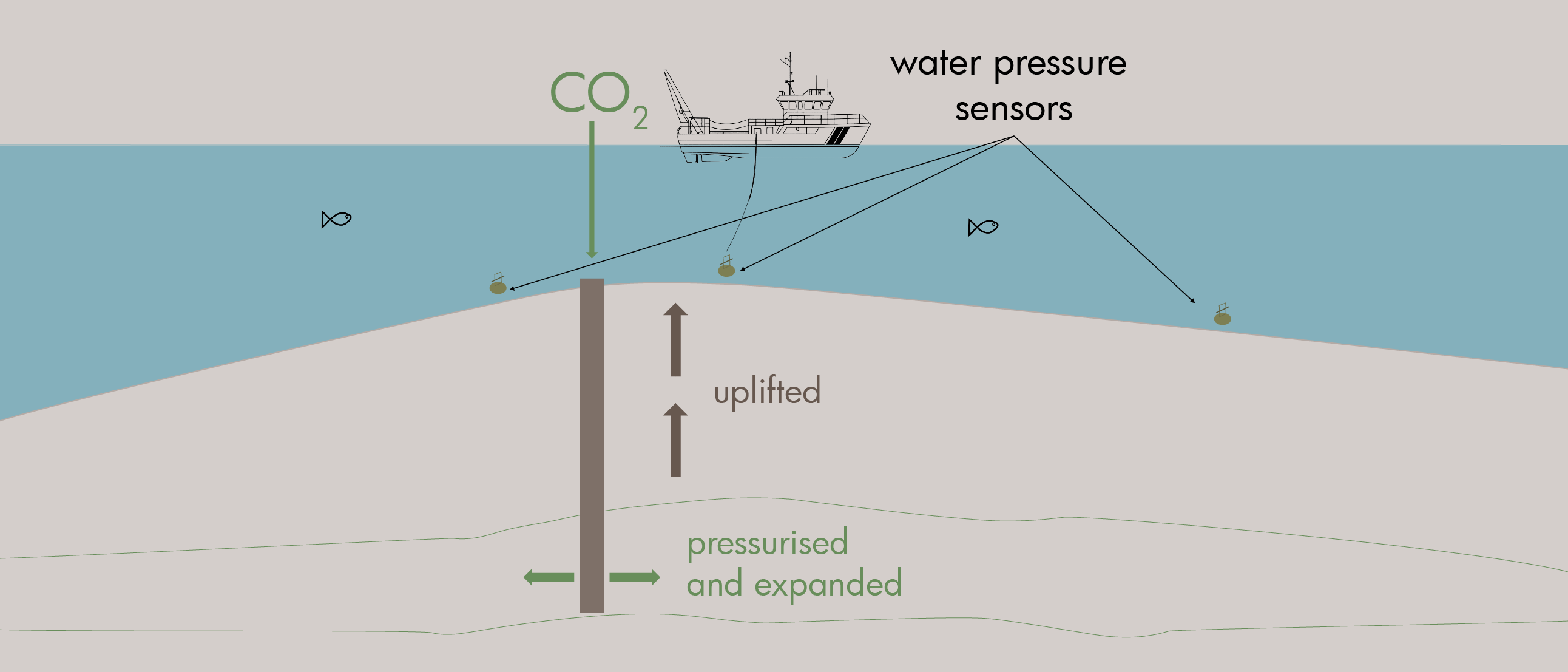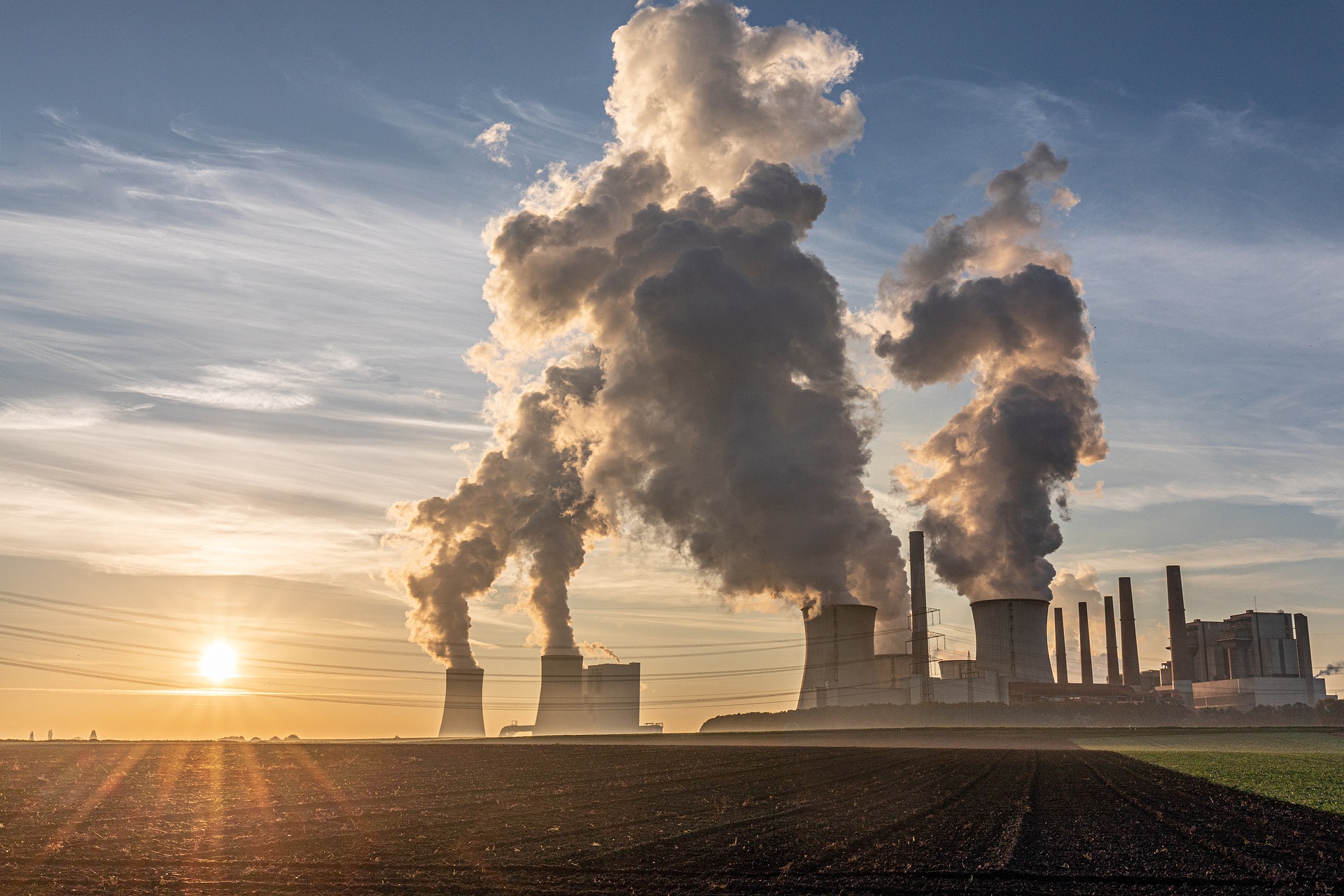Understanding the technical and operational risks in each component of the transport and storage system is rudimentary to CO2 leakage prevention and system performance optimisation. For instance, injection well issues are not necessarily just solved by well engineers, but also by facility engineers who manage pressure and temperature of the CO2 stream.
The PVT characteristics of the CO2 stream also play an important role in the risk assessment of the transport and storage system. Unexpected CO2 phase changes, between the super-critical, liquid, gas, and solid phases can occur in any part of the system if pressure and/or temperature of the CO2 stream is not sufficiently controlled.
The storage development plan and site (field) management plan should be aimed at managing CO2 leakage risks and optimising system performance during and after the injection phase of the project. This requires all surface, subsurface, and operations disciplines to understand the risks and issues of the transport and storage systems, and how they are managed.
We need to understand such things as whether long-term CO2 exposure cause precipitation or dissolution of formation minerals. Will faults be reactivated and create permeable pathways, and could buoyancy effects transfer to shallower depth and cause leakage?
Various disciplines must be well-equipped to refocus their skills and technical priorities in order to identify all functions and associated risks of a CO2 transport and storage system through targeted and integrated training. This is key to develop and operate the entire system safely and securely, while satisfying legal requirements and following best practices.
Further information at petroedgeasia.net





